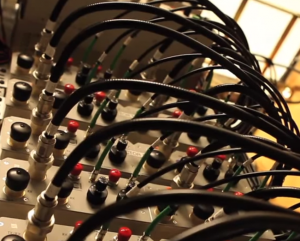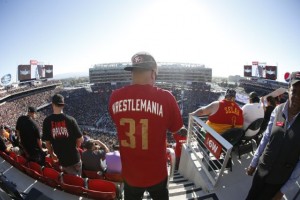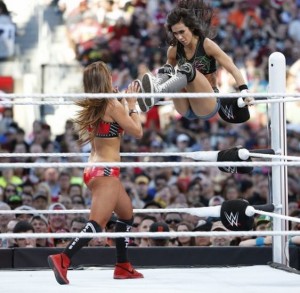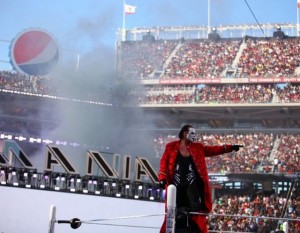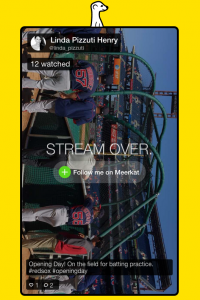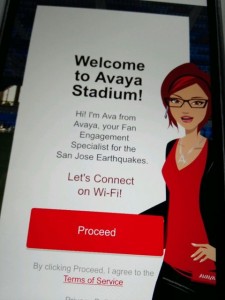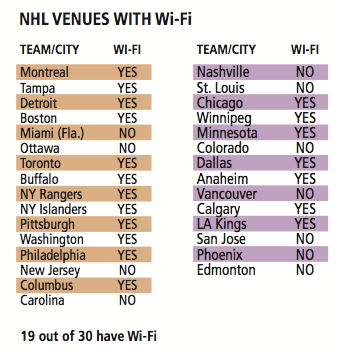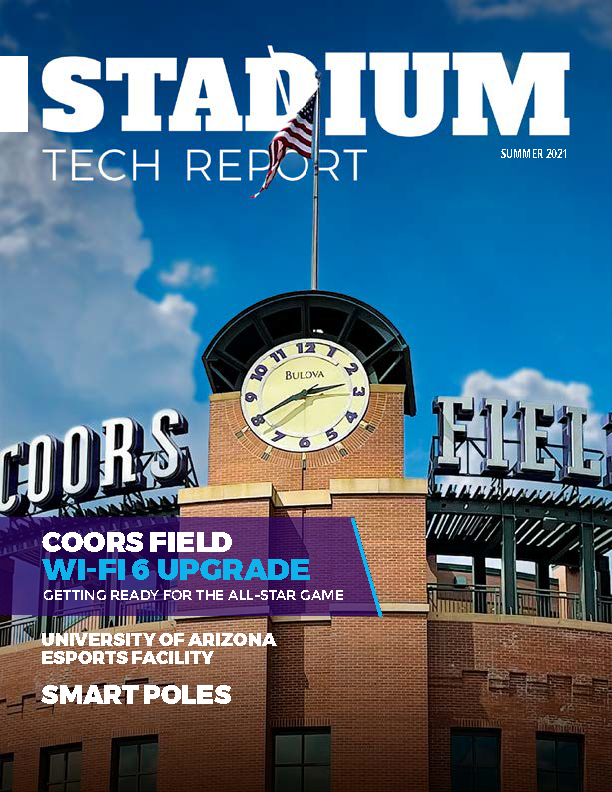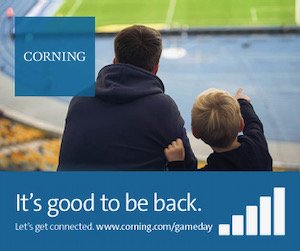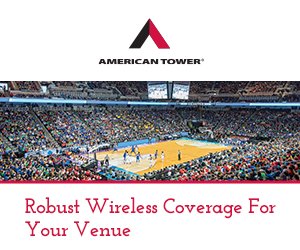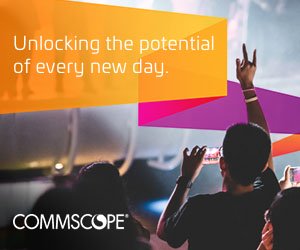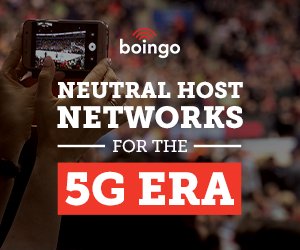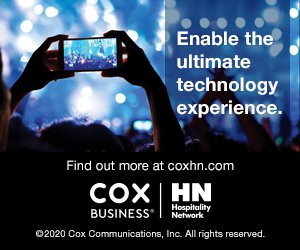Remember, these numbers represent only cellular traffic and only for AT&T customers on the AT&T stadium-specific networks, which are almost all of the distrubuted antenna system (DAS) type. Though some stadiums saw much more traffic than others, the average series-long total of 215 gigabytes per venue was almost double the same statistic from the 2014 season-opening series, where AT&T saw an average of 111 GB per venue. And if AT&T’s traffic is doubling you can probably safely bet that all other metrics — Wi-Fi, and traffic for other carriers — has increased as well.
Thanks to our friends at AT&T, here is the full list for series-long DAS traffic at MLB venues where AT&T has stadium-specific networks. Stay tuned to MSR for our Q2 Stadium Tech Report later this spring, when we’ll take a team-by-team look at MLB technology deployments, specifically focusing on Wi-Fi and DAS. So far, it looks like fans are already in mid-season selfie form.
OPENING SERIES DAS TOTALS (AT&T customer traffic only, on AT&T stadium-specific networks)
1. Arlington, TX (Rangers): 655GB
2. St. Louis (Cardinals): 466GB
3. Los Angeles (Dodgers): 396GB
4. Atlanta (Braves): 375GB
5. Anaheim (Angels): 270GB
6. Denver (Rockies): 251GB
7. Philadelphia (Phillies): 250GB
8. Chicago (Cubs): 227GB
9. New York (Yankees): 189GB
10. Cincinnati (Reds): 185GB
11. Miami (Marlins): 183GB
12. Boston (Red Sox): 162GB
13. San Francisco (Giants): 158GB
14. Oakland (A’s): 149GB
15. Seattle (Mariners): 139GB
16. Washington, D.C. (Nationals): 132GB
17. Milwaukee (Brewers): 129GB
18. Houston (Astros): 102GB
19. Minnesota (Twins): 86GB
20. Phoenix (Diamondbacks): 85GB
21. New York (Mets): 80GB
22. San Diego (Padres): 58GB
